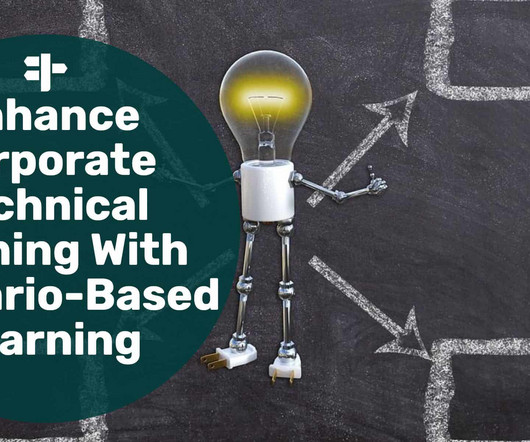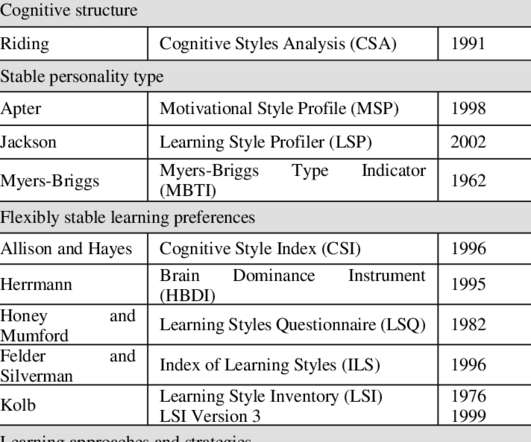Accelerated Learning: Where Does It Fit In? | Social Learning Blog
Dashe & Thomson
MARCH 27, 2011
I found out that Accelerated Learning originated with a theory called “suggestopedia,” developed by a Bulgarian educator named Georgi Lazanov. The American developmental psychologist, Howard Gardner developed a theory of multiple intelligences and how intelligence relates to learning. Properly d.






































Let's personalize your content